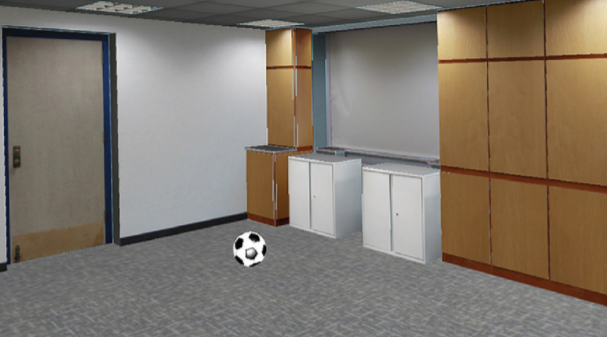Comparison of Two Methods for Improving Distance Perception in Virtual Reality
PubDate: March 2018
Teams: Iowa State University
Writers: Jonathan W. Kelly;Lucia A. Cherep;Brenna Klesel;Zachary D. Siegel;Seth George
PDF: Comparison of Two Methods for Improving Distance Perception in Virtual Reality

Abstract
Distance is commonly underperceived in virtual environments (VEs) compared to real environments. Past work suggests that displaying a replica VE based on the real surrounding environment leads to more accurate judgments of distance, but that work has lacked the necessary control conditions to firmly make this conclusion. Other research indicates that walking through a VE with visual feedback improves judgments of distance and size. This study evaluated and compared those two methods for improving perceived distance in VEs. All participants experienced a replica VE based on the real lab. In one condition, participants visually previewed the real lab prior to experiencing the replica VE, and in another condition they did not. Participants performed blind-walking judgments of distance and also judgments of size in the replica VE before and after walking interaction. Distance judgments were more accurate in the preview compared to no preview condition, but size judgments were unaffected by visual preview. Distance judgments and size judgments increased after walking interaction, and the improvement was larger for distance than for size judgments. After walking interaction, distance judgments did not differ based on visual preview, and walking interaction led to a larger improvement in judged distance than did visual preview. These data suggest that walking interaction may be more effective than visual preview as a method for improving perceived space in a VE.


